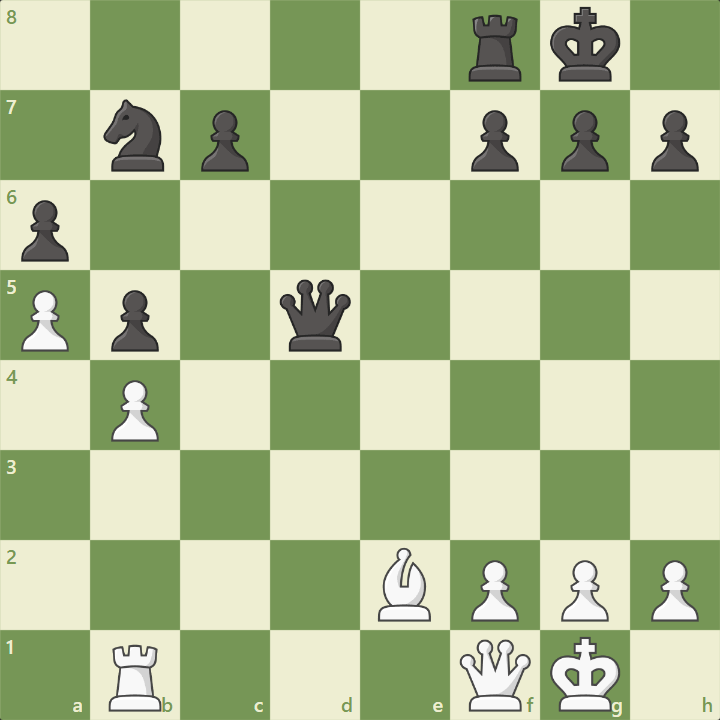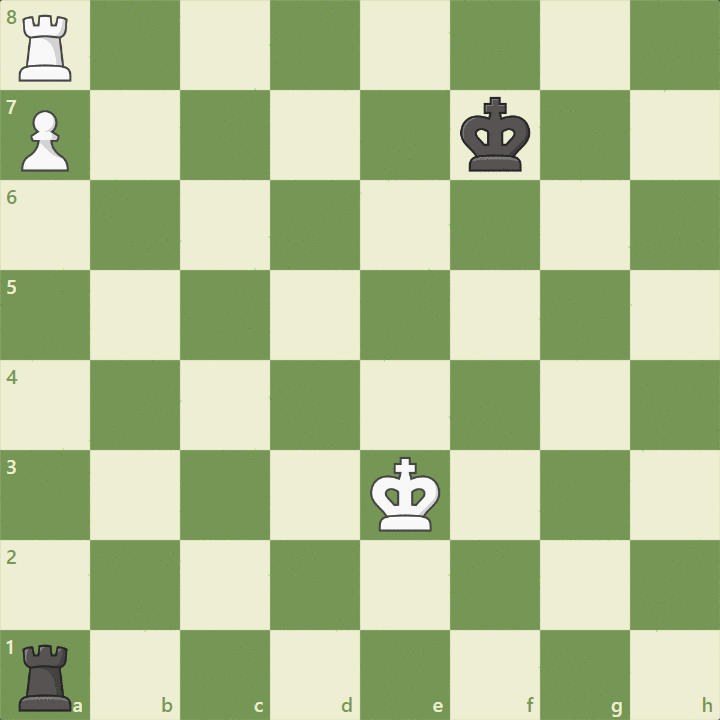
Skewer
Understanding chess tactics is critical for you to become a better chess player. Let's take a look at one of the most common tactics in chess, and how you can take advantage of it.
- What Is A Skewer In Chess?
- What Is The Difference Between A Skewer And A Pin?
- How To Take Advantage Of A Skewer
- Test Your Skills
- Conclusion
What Is A Skewer In Chess?
A skewer is one of the basic tactics of chess. It consists of taking advantage of aligned pieces to gain material or, in some cases, a strategic edge against the other player.
To use the skewer, you attack the file or diagonal where your opponent's pieces are lined up. In a skewer, the most valuable piece is attacked first, so it must move and make way for you to take the less valuable piece behind it.

What Is The Difference Between A Skewer And A Pin?
A skewer is very similar to a pin, but there is one decisive difference. In a skewer, the most valuable piece is the one suffering a direct attack, while a weaker piece stands behind it. In a pin, the opposite happens.
The image below shows both tactics being employed. On the left, you can see that the queen is being attacked first by the rook on b1. Since it is the more valuable piece of the attacked pair, it will move to save itself, allowing the rook to take the bishop on b8. On the right, the opposite happens. The bishop is attacked by the rook on g1, but it cannot move since that would expose the king on g8.

How To Take Advantage Of A Skewer
The skewer can be a powerful weapon that can take you much closer to victory during a game. The main way to take advantage of a skewer is by using it to gain material.
In the example below, both player's forces are roughly the same.

Another detail you can notice, though, is the fact that Black's queen is on the same diagonal as the knight on b7. As a result, White can take advantage of a skewer to take the knight and gain a decisive lead over their opponent.

In this classic endgame example, White is close to promoting their pawn to a queen and win the game.

Notice how the white rook on a8 is preventing the pawn from promoting, but it must stay there to protect the pawn from attack by Black's rook on a1. It is impossible for White to produce a new queen, but there is still one trick that they can use to secure the victory.

White takes advantage of the black king on f7 and creates a skewer to take Black's rook! With a whole rook ahead, White can easily checkmate their opponent and win the game.
Test Your Skills
Now that you know how to identify a skewer, it is time for you to test your skills! Take a look at the puzzles below and try to find a way to use the skewer in your favor.
Puzzle 1: Should you take White's pawn or push your pawn on the a-file?
Puzzle 2: Is there a way to win material in this position?
Conclusion
You now know what a skewer is and how to take advantage of it during a game of chess. Learning tactics is a great way to improve your game. Head over to the Lessons section and discover the other tactics you can employ to smash your opponents!









